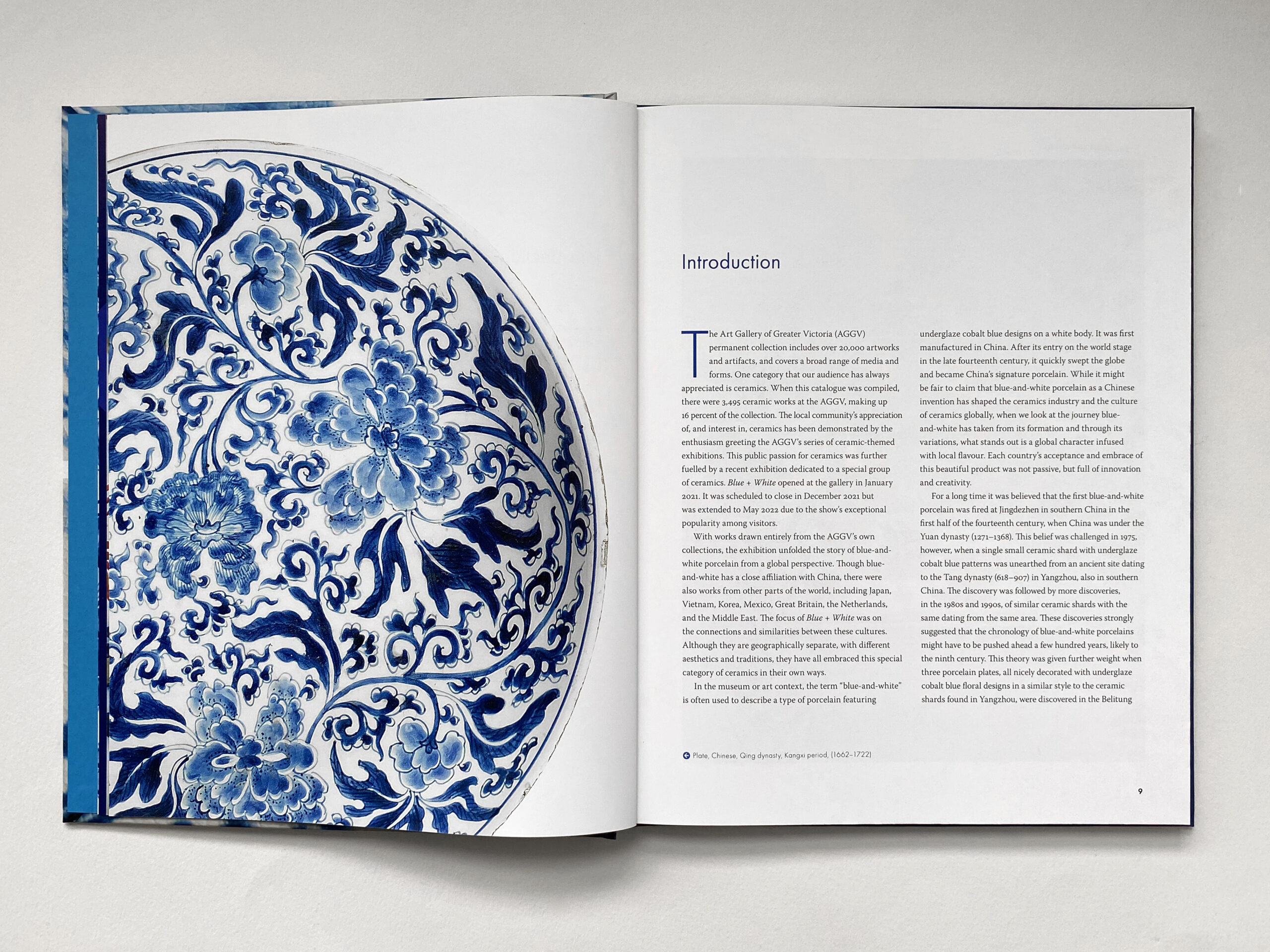
A VIEW FROM HERE: REIMAGINING THE AGGV COLLECTIONS
Steven McNeil, AGGV Chief Curator & Director of Collections and Exhibitions, shares much anticipated news about the Gallery’s permanent collections and the diverse selection of works to be exhibited in two newly dedicated Gallery spaces. The ongoing exhibition, A View From Here: Reimagining the AGGV Collections, will boast a rotating selection of some of the Gallery’s finest pieces.



